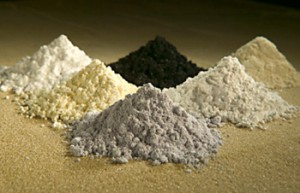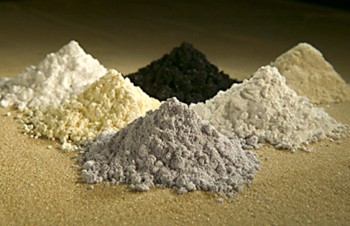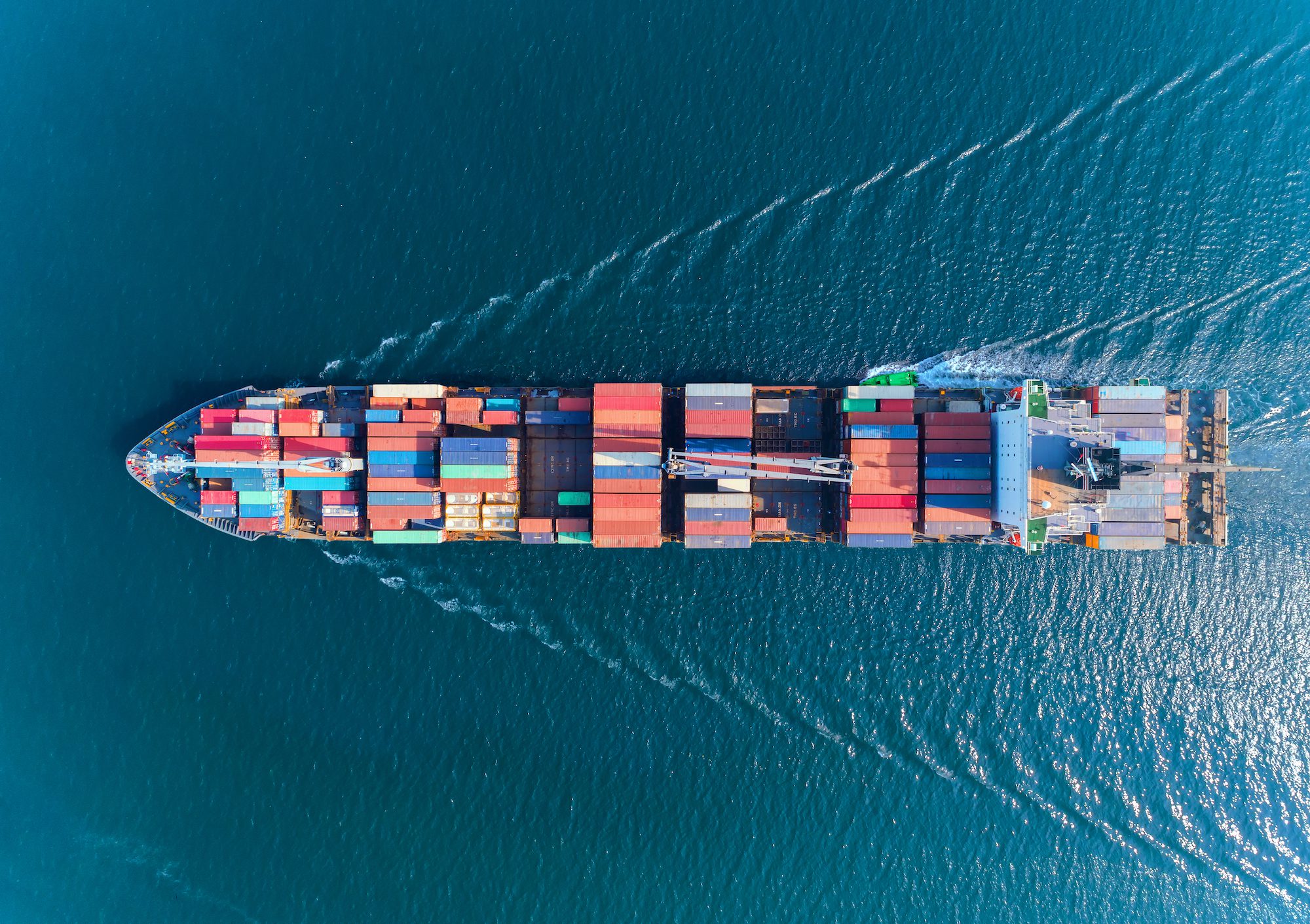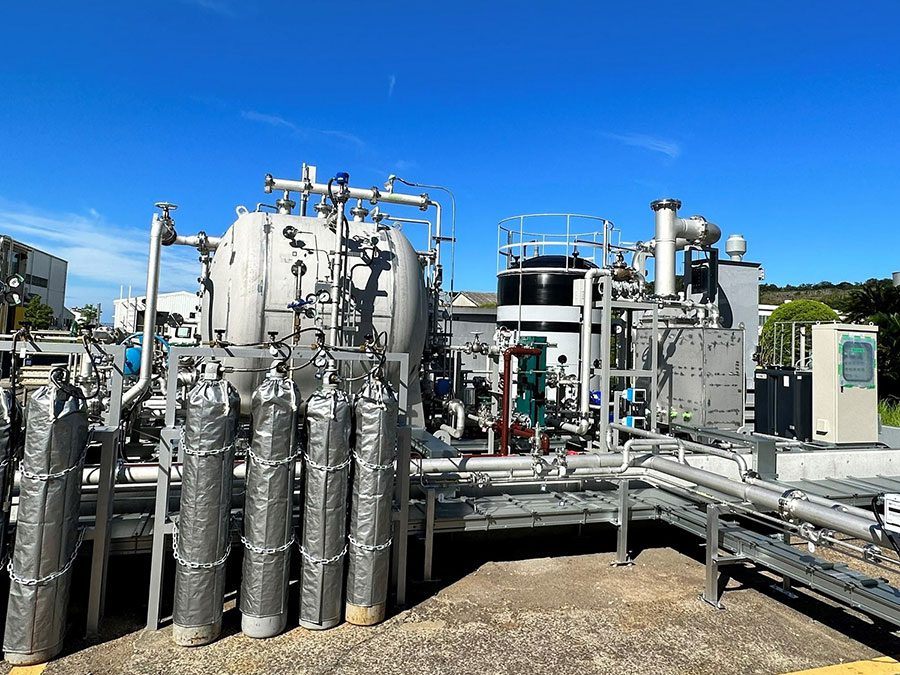 SINGAPORE — Japanese explorers have found large deposits of rare-earth minerals on the floor of the Pacific Ocean, British journal Nature Geoscience reported.
SINGAPORE — Japanese explorers have found large deposits of rare-earth minerals on the floor of the Pacific Ocean, British journal Nature Geoscience reported.
While the discovery has the potential to alter the dynamics of the global market for the metals, the difficulty of extracting presents a major challenge.
The Japanese team found deep-sea mud containing high concentrations of rare-earth elements and yttrium at numerous sites throughout the southeastern and north-central parts of the Pacific Ocean, the journal said in its online edition over the weekend.
“We estimate that an area of just one square kilometer, surrounding one of the sampling sites, could provide one-fifth of the current annual world consumption of these elements,” team leader Yasuhiro Kato, an associate professor of earth sciences at Tokyo University, wrote in the report.
Rare-earth minerals are used in a variety of high-technology products such as electronics, magnets and batteries used in hybrid automobiles and mobile phones.
The minerals are recoverable from the mud by acid leaching, making deep-sea mud a highly promising and potentially huge resource for these elements.
The Japanese team estimated the size of the discovery at around 80 billion to 100 billion metric tons, nearly a thousand times more than current proven reserves of 110 million tons as estimated by the U.S. Geological Survey.
Those proven reserves are mostly in China, Russia and the U.S. But China is by far the biggest miner of rare-earth minerals on a commercial scale, making it a dominant supplier with around 95% of the global market. Recent moves by Beijing to restrict exports of rare-earth materials have pushed prices of these minerals up around tenfold from a year ago, spurring searches for alternative sources of supply.
Chinese exports of rare-earth materials in the first five months of this year fell 8.8% from a year earlier, while revenue more than tripled to $1.6 billion.
The commercial viability of mining the minerals from the Pacific remains a question. “Accessing the treasure trove of key elements on the ocean floor will be very expensive and potentially harmful to sea-floor ecology,” Nature Geoscience said in a related article.
The lower concentrations at Chinese mines are economically viable because the material is easier to access. “That is not true for mud located below four or five kilometers of water, which would require expensive ship time and equipment to pull up,” Gareth Hatch, a founder of the Technology Metals Research consulting firm in Carpentersville, Ill., told the journal. “People talk about mining on the asteroids or the moon. This isn’t that hard, but it’s similar,” Mr. Hatch said. “There are better options.”
An official with a Japanese rare-metal trading house said that commercialization could take up to 20 years. “We knew before there were likely such resources on the sea floor, and we still face the challenges of how the mining rights would be divvied up and how the technological issues would be resolved,” the official said.
Despite their name, the minerals aren’t particularly rare. The British Geological Survey has identified 53 separate deposits around the world.
Some deposits are considerably larger than those identified by the Japanese team. A one-square-kilometer section of ocean floor near Hawaii with 25,000 tons of rare-earth elements is dwarfed by Lynas Corporation Ltd.’s Mount Weld deposit in Western Australia, which contains 1.4 million tons of rare-earth oxides in a comparable area.
Nautilus Minerals Inc. says deep-sea mining needn’t be significantly more difficult than work currently undertaken by offshore petroleum companies and undersea cable operators. Nautilus hopes to start mining copper from 1,600 meters below the surface in the Bismarck Sea, off the coast of Papua New Guinea, starting at the end of 2013.
“The technology we’re developing is an adaptation of existing technologies. We’re not remaking the wheel here,” said Joe Dowling, a company spokesman.
By Denny Kurien (c) 2011 Dow Jones & Company, Inc.
Photo: Rare earth oxides of praseodymium, cerium, lanthanum, neodymium, samarium and gadolinium via Lawrence Livermore National Laboratory

 Join The Club
Join The Club












